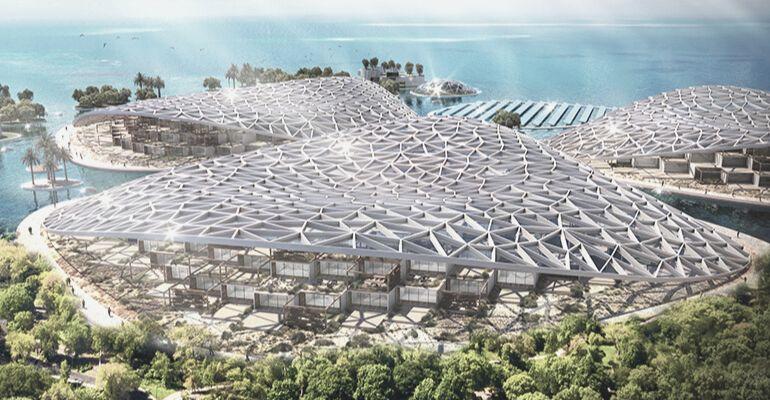Sustainability is not just a catch phrase in the real estate industry any longer. According to a Knight Frank Intelligence Lab insight survey in 2022, more than 80% of global home buyers want their next property purchase to be energy efficient, given rising energy costs.
Meanwhile, over 80% of investors in the UAE’s property sector, according to JLL MENA, consider sustainability features to be important in making any real estate investments.
Across the GCC, the construction sector is expected to continue growing this year and next because of investments in sustainable design practices as well as ESG initiatives.
With new developments, sustainability is gaining traction and could be a key driver of the real estate industry’s future.
SUSTAINABLE IS ‘VIABLE’
“Without a doubt, interest in the sustainable residential real estate market is growing,” says Madhav Dhar, the co-founder and COO of ZāZEN Properties.
Besides growing interest among UAE-based real estate investors in sustainable properties, the sentiment is also strong among foreign investors, “with 70% willing to pay a premium for sustainable properties.
“From a commercial standpoint, 60% of the total office space in the UAE is now considered energy-efficient,” says Dhar.
He considers sustainable concepts viable. He explains, “Many developers have been reluctant to apply the concept to their projects because high initial capital is required, and the price tag is often perceived as too steep of an investment, but this is not the case.
“For instance, LEED-certified buildings are cheaper from an operational standpoint, and they have proven to be long-term assets for both developers and end-users.”
According to a US Green Building Council study, from 2015 to 2018, LEED-certified buildings saved estimated expenses of $1.2 billion in energy, $149.5 million in water, $715.3 million in maintenance, and $54.2 million in waste.
BEYOND ASSETS
For Baharash Bagherian, CEO of URB, developers need to shift mindsets to push the green agenda towards commercial viability and sustainable success. His company recently unveiled ‘Dubai Reefs’, an innovative community and ocean restoration project in Dubai.
He says, “At URB, we have moved away from selling sustainable real estate ‘assets’ and moved more towards selling a sustainable ‘lifestyle’. This has allowed us to rethink the entire approach to how we plan, fund & build sustainable developments.
“Our developments follow the highest standards of sustainability and whilst there are some added costs, they are becoming more attractive for investors as they provide a higher return on investment.
“This is due to more buyers looking for higher quality of lifestyle. Such developments offer car-free environments with various desirable amenities and reduced utility bills.”
According to Bagherian, to avoid extra costs on such projects, the key is to “consider a holistic and balanced approach to economic, social and environmental sustainability.
“The design and planning are the critical stages of such projects which can help reduce costs, whilst increasing the sustainability USPs (unique selling propositions) of the development,” he continues.
SUSTAINABLE SOLUTIONS
For many, it’s easy to understand how sustainability features can be so easily incorporated in a property development’s design aspect. But there are other ways developers can optimise their project’s sustainability propositions, from saving energy to reducing waste and improving living conditions.
These include, apart from utilising green construction materials, implementing air quality management, integrating water conservation solutions as well as incorporating home automation solutions that, countless studies have found, help reduce energy consumption and make living conditions more comfortable, not just sustainable.
GREENER FUTURE
As sustainability principles and practices gather pace, more is required from real estate stakeholders and the industry in general. As it stands, a McKinsey report titled ‘Climate Risk and the Opportunity for Real Estate’ says global real estate drives 39% of the world’s CO2 emissions, with 11% of these being generated by manufacturing materials used in buildings (including steel and cement), while the rest is emitted from buildings themselves and by generating the energy that powers these structures.
The list of factors to consider is endless and no stone should be left unturned if the UAE, and the rest of the region, is to successfully achieve its aspirations of creating a greener future.
“With COP28 making its way to the country this, now is the ideal time for industry leaders and government officials to unite and collaborate towards this common goal” says Dhar.
“Solutions must be discussed accordingly to ensure real estate developers increasingly adopt sustainable implementation, even if it starts in a minimal capacity. This is the only way mandates such as Dubai 2040 and UAE Net Zero 2050 will be achievable.”

